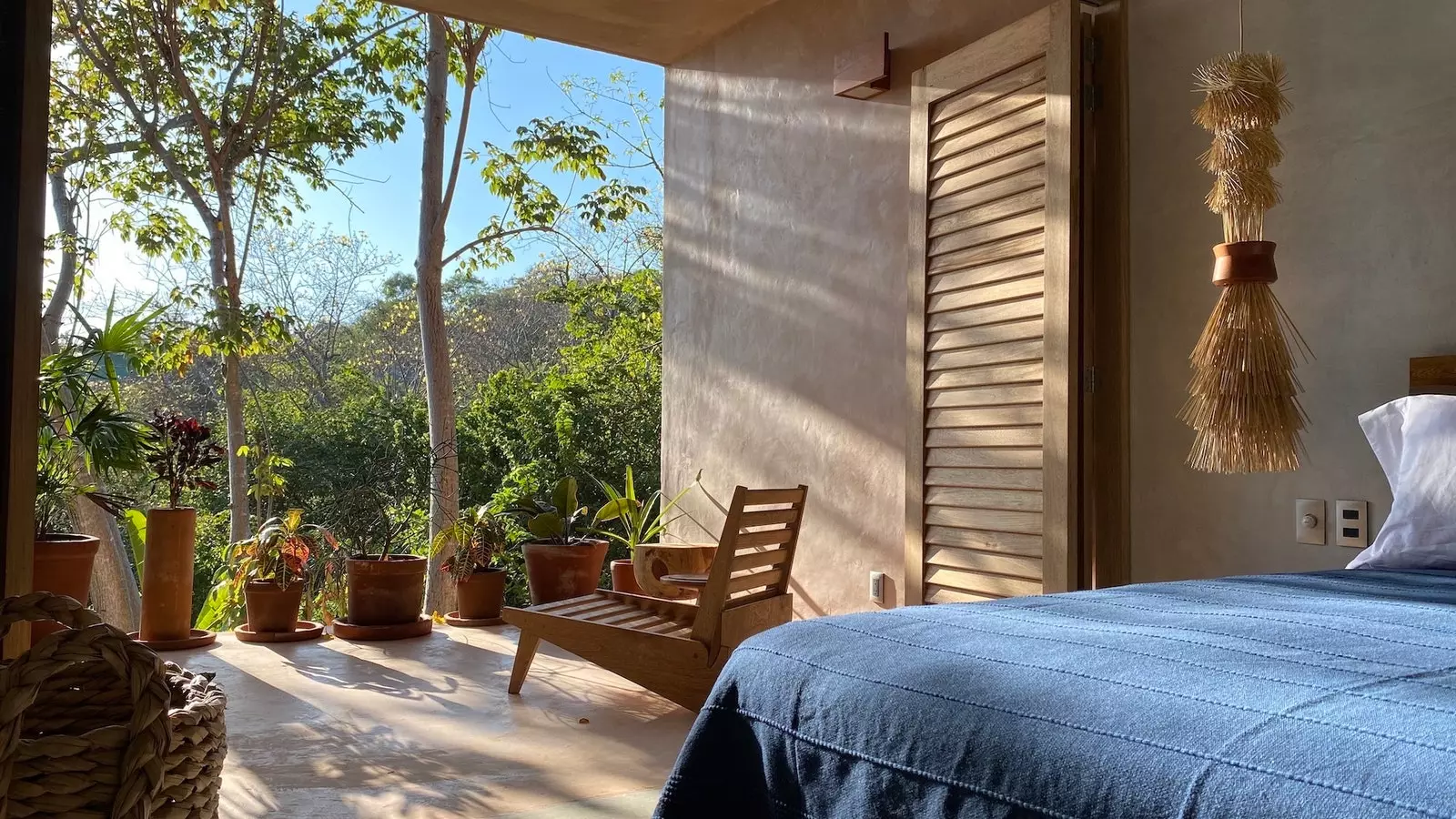
View from the suites of the new Monte Uzulu, in Oaxaca, Mexico
Legend has it that the Zapotec people were born in the clouds in the form of birds and scattered over the earth after hearing music. Their creator gods became the moon, the stars and the sun and humans lived in harmony with their animal brothers, connected with the origin, with the beginning of everything.
And, precisely, connecting with the origin, with the creator om, with your essence, with the essence, is the raison d'être of this little hotel that has just opened next to a beach with three bays of the Mexican state of Oaxaca. Is named Mount Uzulu and its name means "the beginning", gusulú for the Zapotec.
Built on two levels, with palapas, popotillo (straw) roofs and lime and clay finishes, Monte Uzulu inherits the architecture of the town in which it is located, San Agustinillo. It only has eleven suites and they all look curiously and discreetly at the jungle and the ocean, where the waves break perfect for getting on them.
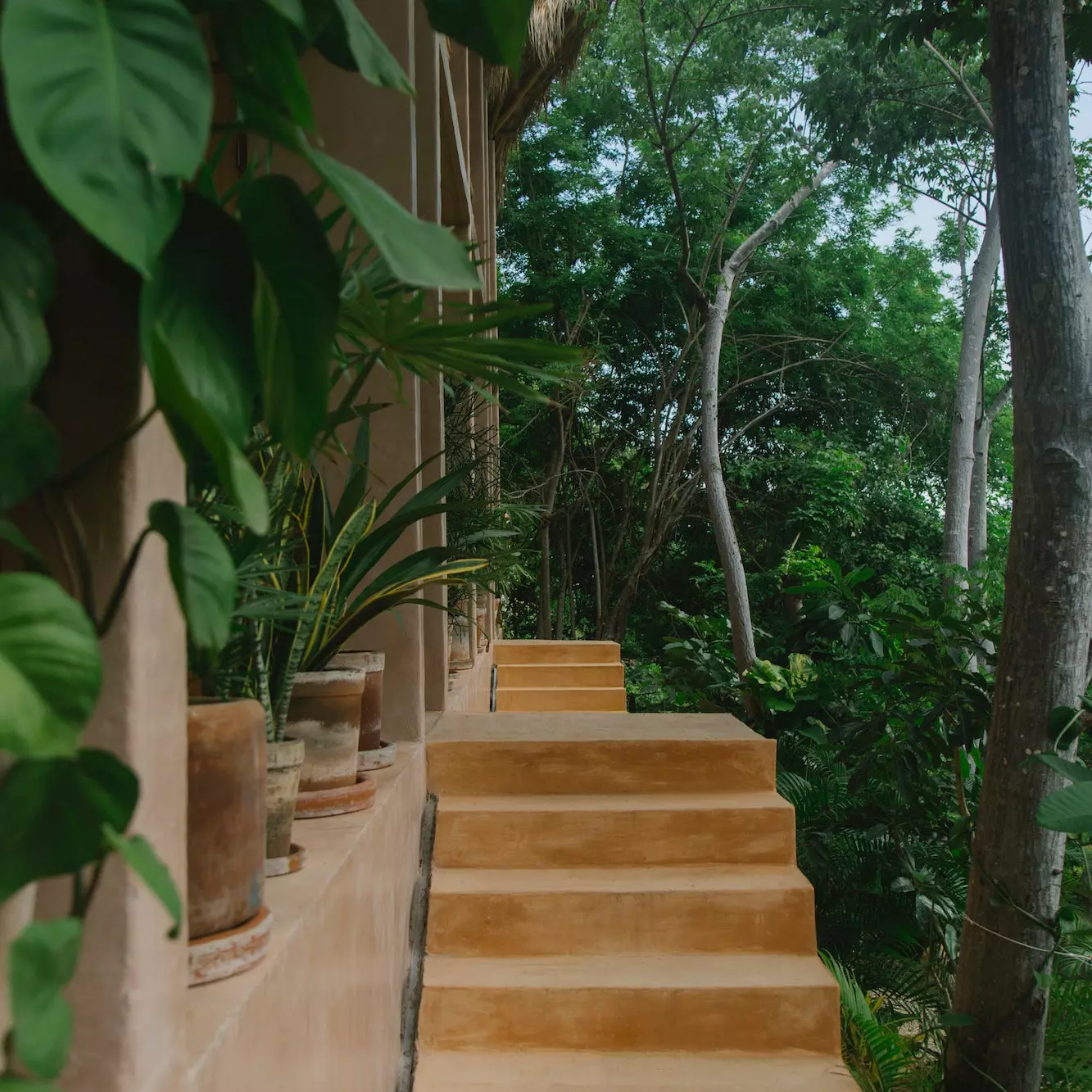
Access stairs to the suites of Monte Uzulu
But going back to the origin, it all started a little over a couple of decades ago when Alan Favero, one of the hotel's co-founders, fell head over heels for this lush Pacific Coast setting under the Sierra Madre del Sur. Since then, Monte Uzulu has been developing little by little and with the collaboration of many.
The palapas were in charge of David Camacho, recognized palapero in the region. He built them following a technique called “eagle beak”. Of the finishes, Valentina Deffis. From architecture, Mariana Ruíz de At-te. The furniture, doors and windows were made by Gerardo García's workshop and used only wood and materials from the area.
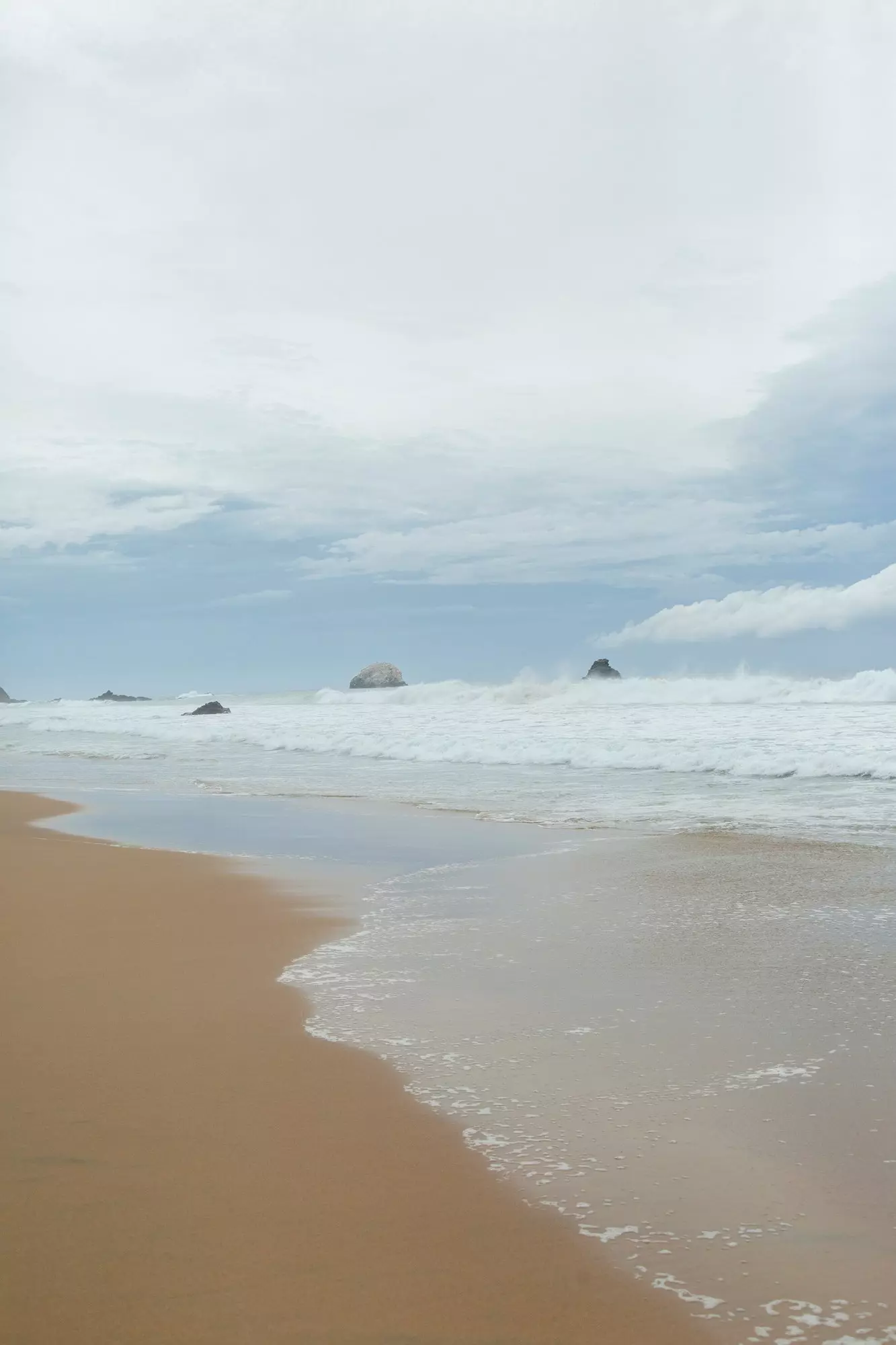
The coast of the town of San Agustinillo, in Oaxaca, has beaches like this
The love for the nature of the area and the crafts of the country It is noticeable in the materials used in the construction, in the decoration based on Mexican handicrafts, in the Temporada restaurant menu and in the careful lighting, the work of Paola José, from Sombra, which **honors skies free of light pollution. of this little paradise. **
The entire interior design project was directed by Taller LU'UM, a studio specialized in working with artisan groups throughout Mexico. So there is tables of the Sierra Norte de Puebla, recycled pine wood bureaus from Pátzcuaro, baskets and straw lamps from Michoacán, hand-woven cotton quilts in Teotitlán del Valle…
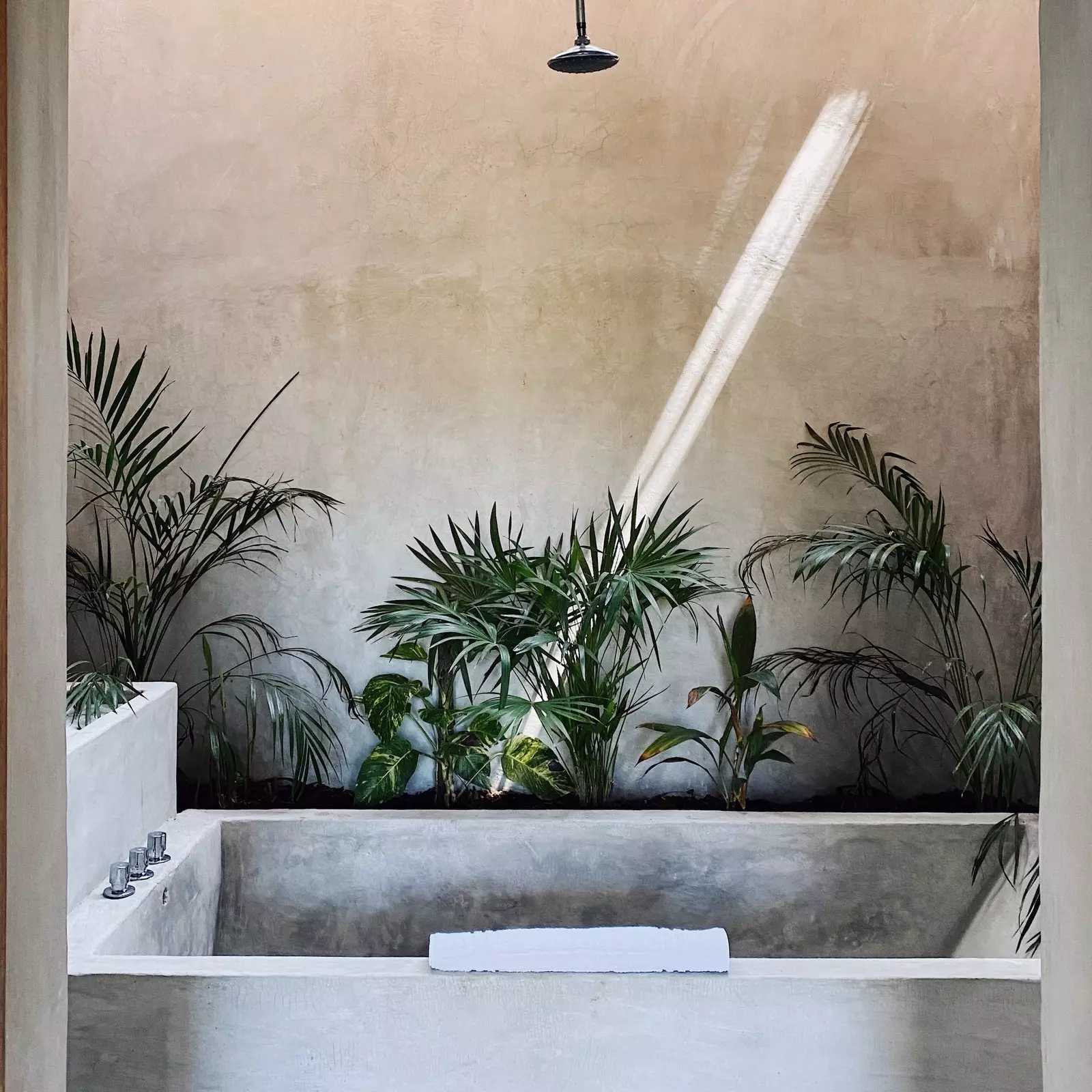
Bathtub in one of the suites at Monte Uzulu
TAKE A LOOK
The first impression: Wood and popotillo (straw), lime and clay, neutral tones and games of light and shadow that create the texture of the waves of the sea. The respect for the nature of the area and the crafts of the country is evident in the materials used in the construction, all endemic, and in the decoration based on Mexican handicrafts.
Design: functional and ethnic, all the furniture and objects have a story behind them. The interior design project has been commissioned LU'UM Workshop, a studio that works with artisan groups throughout Mexico.
Personality: contemporary, bohemian, spiritual and sooooo relaxed.
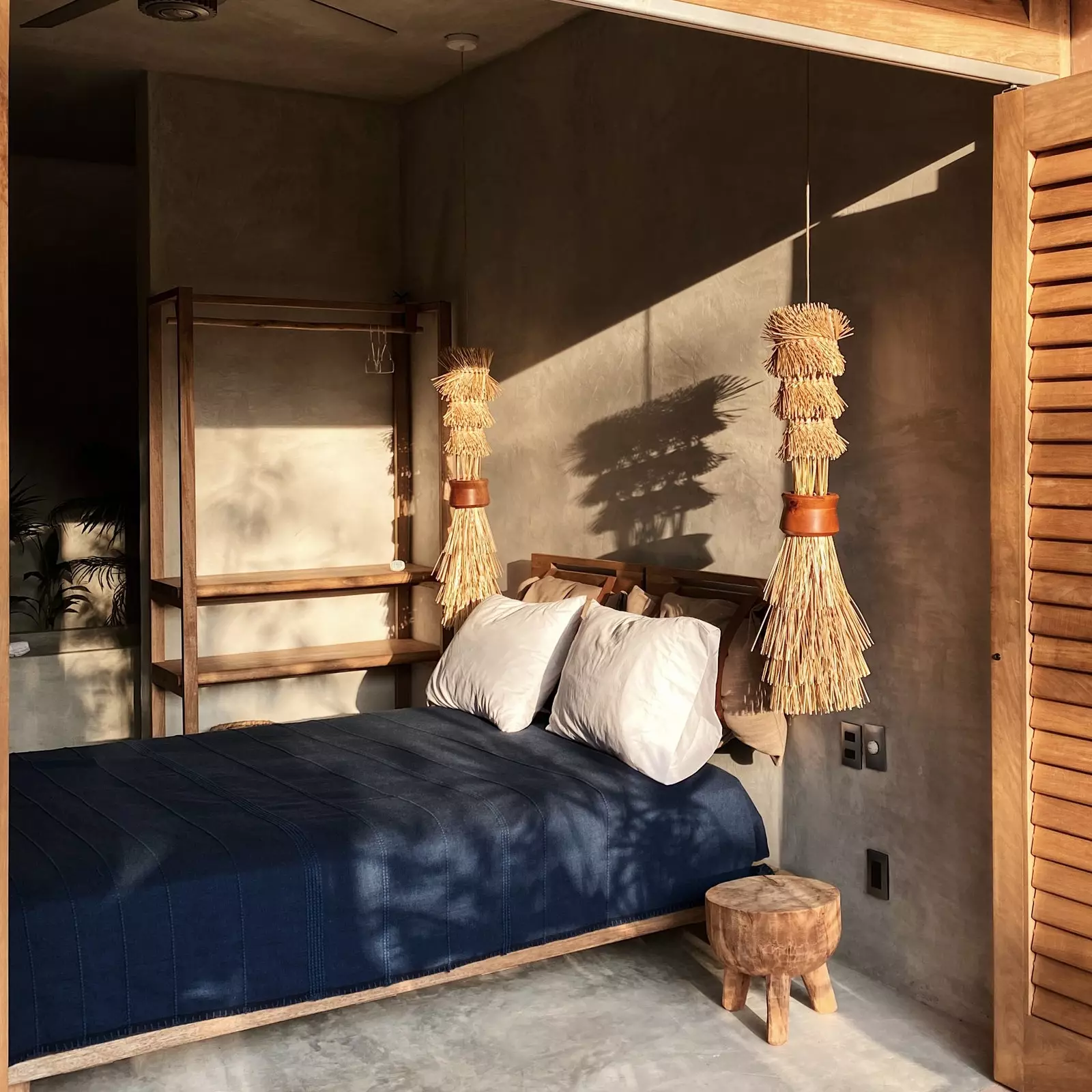
Monte Uzulu suites are designed to feel nature
Guests: conscientious travelers who appreciate the integration of design into the natural environment and seek to spend a few days connecting with nature.
Bedrooms: 11 suites with terrace and scandal views, to the Pacific and the jungle. The most spacious of all is the Chacahua master suite, located on the upper floor. Next to the beds, play of light and shadow they generate textures and patterns that remind us of the waves of the sea.
The detail: bathroom products have been specially developed for the hotel with biodegradable formulas based on essential oils. Two of the pieces of furniture –the Comet lamp, made in Tzintzúntzan, Michoacán, with wheat straw fabric, and the mount table, with a clay base from Zautla, in Puebla, and a wooden surface– were exhibited during Design Week Mexico 2019.
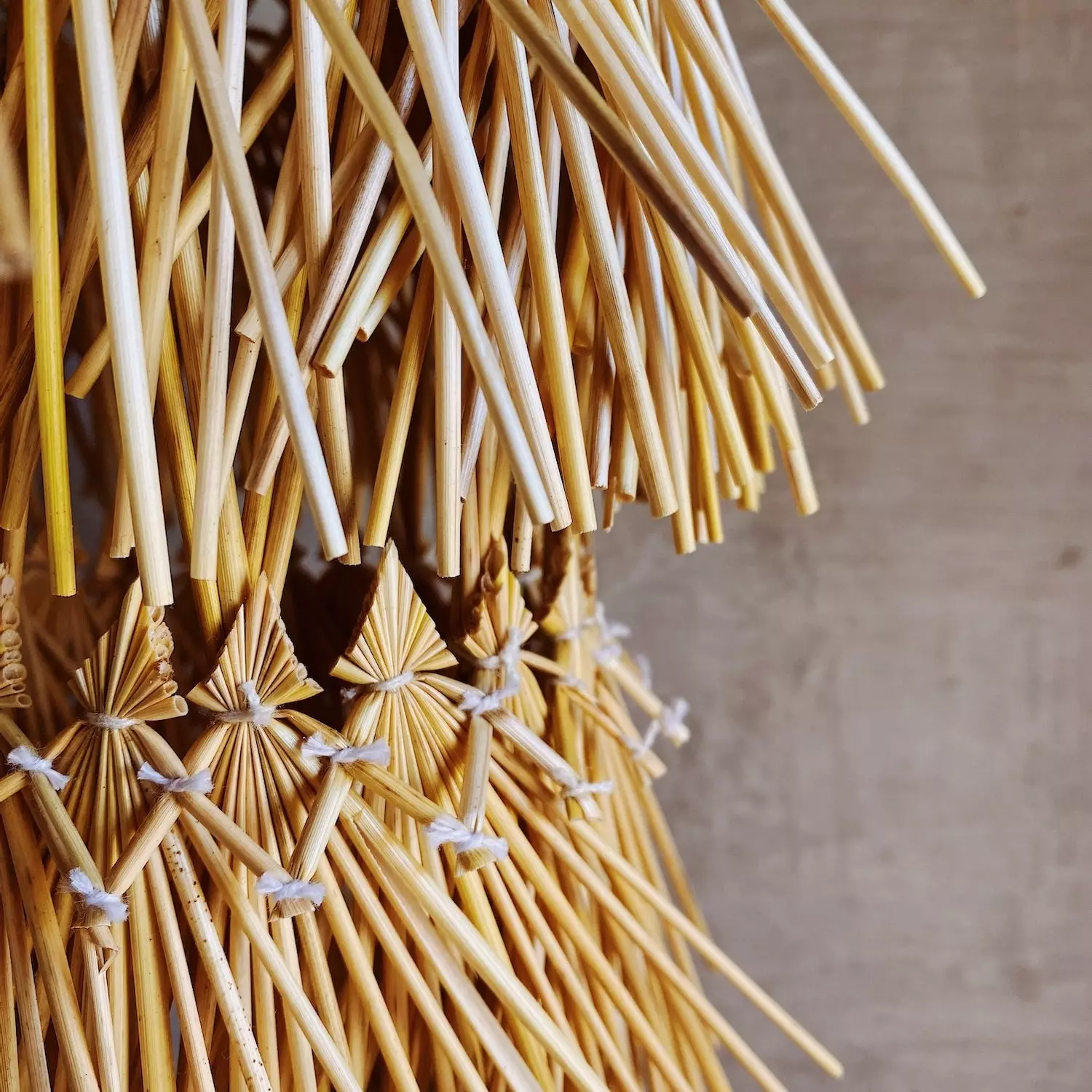
Display of the crafts honored at Mount Uzulu
The garden: trees and bushes of different species such as the tlachicón, the cuaulote, the huaje, the palo de arco, the huizache, the turpentine, the sasanil… In addition to other foodstuffs: papayas, melons, chili peppers, cucumbers, bananas, mangoes and countless aromatic herbs that grow wild in gardens.
Food and drink: the restaurant Season lives up to its name and honor the harvest cycles to offer seasonal dishes. The ingredients, of course, come from local producers and almost everything is organic, including the coffee and granola for breakfast.
The plan: reconnect with nature. Here the days begin with meditation and yoga, continue with surf lessons and walks through the mountains and end up seeing sunset in Punta Cometa. Then, at night, the plan is to watch the sky attentively in case you see shooting stars. You can also visit the surrounding coffee farms, participate in community activities, bathe in the bioluminescent lagoon of Manialtepec, give you wonderful massages and, why not, make a healer temazcal session.
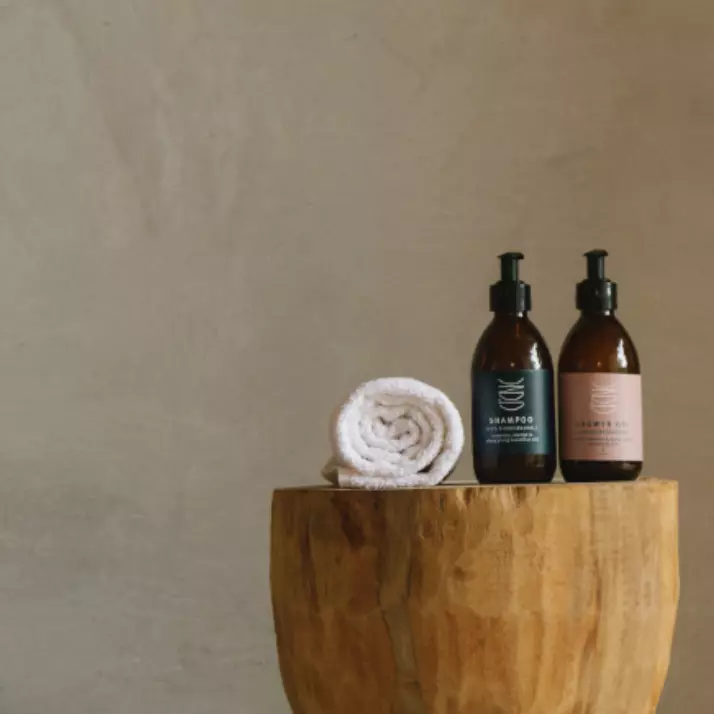
Monte Uzulu amenities are made exclusively and are one hundred percent biodegradable
The village: San Agustinillo goes at its own pace, the one that marks the ocean and the siestas in the shade of the palapas. It only has one main street, with a small shop selling Oaxacan handicrafts and several restaurants of colors and tropical flavors. In addition to the beach, it has a beautiful mangrove swamp that they protect as a nature reserve.
The beach: one kilometer long, it is divided into three bays. In one of them he breaks a big wave that attracts surfers of all the world.
Sustainability: They have developed a system that reuses 100% of the water they consume , and stores and uses the rain. All materials used in construction are endemic.
SUBSCRIBE HERE to our newsletter and receive all the news from Condé Nast Traveler #YoSoyTraveler
